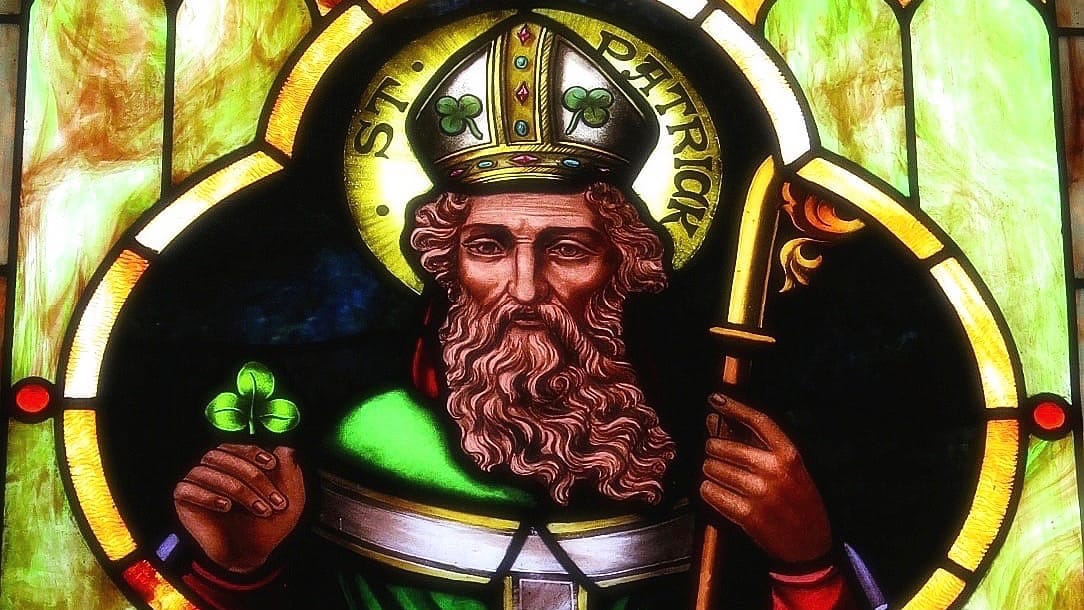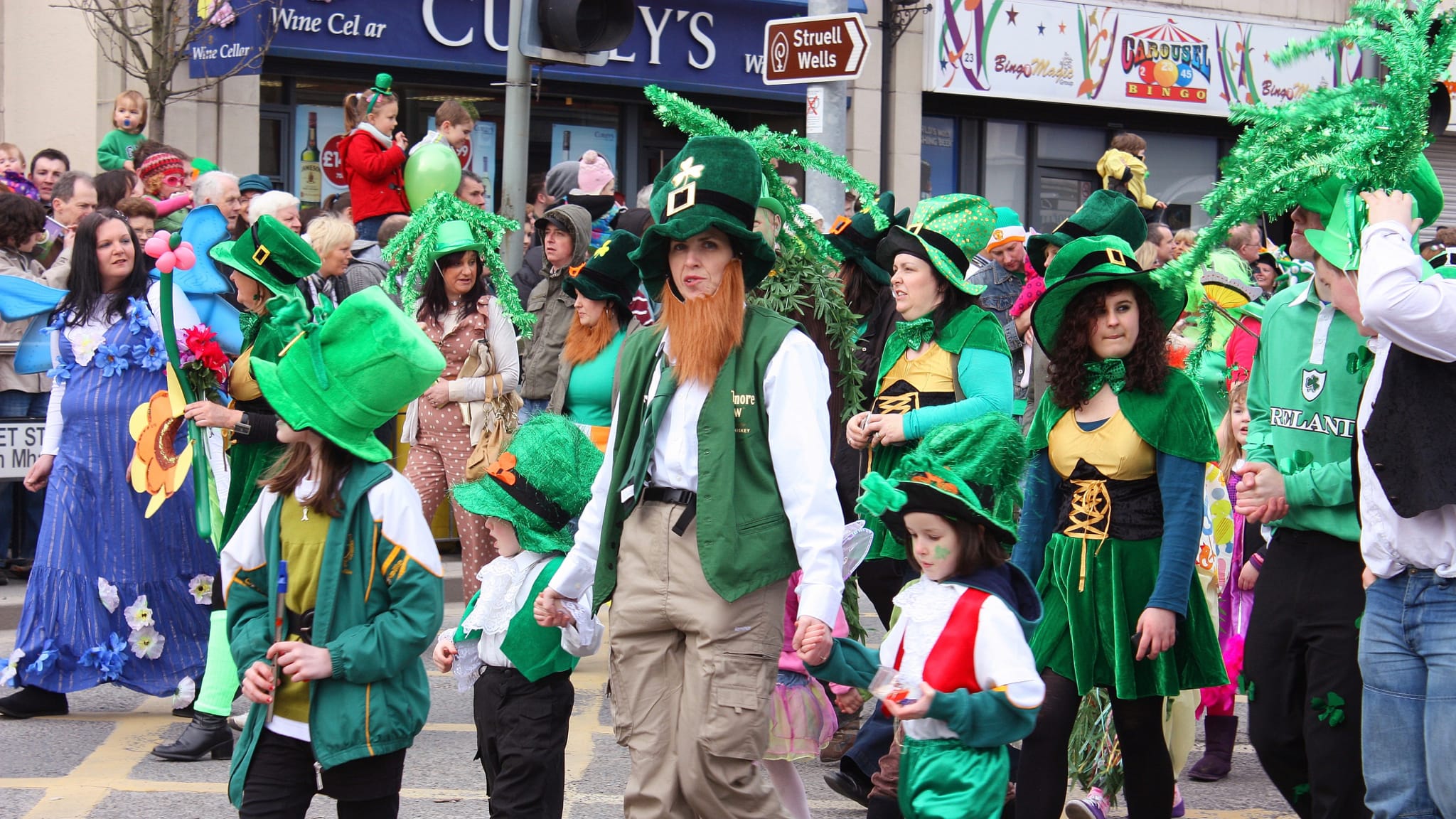According to historical sources St. Patrick was born in Roman Britain, although the exact year and location of his birth has long been lost. Some say he was born in modern-day Scotland (possibly Kilpatrick/Old Kilpatrick) or South Wales.
But another theory reckons St. Patrick was born in modern-day Ravenglass, right here in Cumbria! Back in Roman times Ravenglass was called Glannoventa. Turns out St. Patrick was probably a local lad.
Regardless of the place we know that he was active in Ireland during the 5th century AD, and that, when he was 16-years old, he was captured by Irish pirates and enslaved for six years in Ireland. It was during his captivity that he grew deeply religious and later converted to Christianity. Eventually he was able to escape his enslavement and return home to Britain.
One day in his early twenties legend states that St. Patrick received a vision, which motivated him to return to Ireland as a Christian missionary. He was not initially welcomed—in fact he was sometimes beaten—but his reputation as a powerful and persuasive baptist grew. During his time in Ireland he was said to have baptised “thousands of people”, ordained hundreds of priests, converted noble and wealthy women into nuns, and even converted kings and sons of kings. It is for this reason that he is generally referred to as the “founder” of Christianity in Ireland.
What miracles did St. Patrick perform?
As with all good Christian saints, there are a variety of legends and miracles attributed to St. Patrick, much like our friend St. Swithun.
The close association of Ireland and the Irish with the shamrock comes from St. Patrick. Legend says that he utilised the three-leafed shamrock to help illustrate and teach the Christian Holy Trinity. It may have also helped his case that Irish Pagan belief at the time often revered a variety of triple deities, so St. Patrick’s teachings wouldn’t have seemed all that strange.










